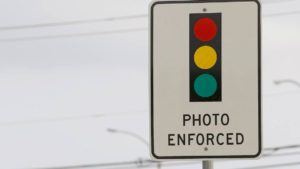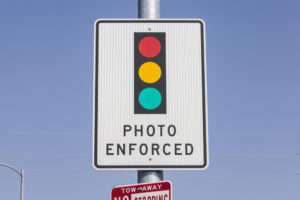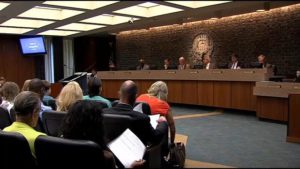I learned a great deal during more than 37 years working in print journalism. I learned that criticism of my work usually kept me humble and that no one is totally right or totally wrong.
My interaction with readers was mostly invigorating and always instructive at some level. Readers would challenge our newspapers’ editorial policy or would take me personally to task for opinions I would express in my signed columns. Indeed, I get a good bit of that even now writing this blog and sharing my views with a worldwide audience.
A few callers stand out.
Once, at the Beaumont Enterprise, I wrote a column endorsing the idea of mandatory helmet laws for Texas motorcycle riders. A reader from Orange County called to challenge me on my view. He thought it was an invasion of his personal liberty. The state didn’t have the right, he said, to order him to wear a helmet if he didn’t want to do it.
I asked him what does the helmet deprive him. He answered with what I presume was a straight face: He didn’t want to be deprived of the wind blowing through his hair.
Suffice to say we didn’t change each other’s mind.
At the Amarillo Globe-News, the newspaper endorsed the notion of installing red-light cameras to catch those who ran through red lights. They are breaking the law. Police can’t be everywhere at once, so the city deployed the cameras to catch the offenders.
One fellow, a prominent lawyer in Amarillo, argued with me that the cameras deprived him of the right to “face my accuser.” We did argue over that idea. I reminded him that offenders have the right to appeal. They could argue their case in front of the municipal judge. If they’re effective defenders of themselves, the judge could overrule the citation that was issued. What’s wrong with that process? I asked him.
Again, we agreed to disagree on that one.
One of my all-time favorite calls came from a reader in Amarillo. She had submitted a letter to the editor. She wanted us to publish it. One of my jobs as editorial page editor was to screen letters; not all of them saw print, although most of them did.
This particular letter contained a false assertion. I decided the letter wouldn’t see print. The writer called to inquire about the letter. I informed her I wouldn’t publish it. She became indignant. She asked, “Why not?” I told her it contained a falsehood and that the newspaper would not foment misinformation.
“I know it’s all true,” she said. I asked her how she knew it. “Because I read it on the Internet.”
I laughed out loud.
My give-and-take with readers gave me a wonderful insight into our constituencies. I always tend to look for the good in people and I found that most of those who took the time to write to us and to discuss their submissions had noble intentions.
They also taught me about the world, and about the communities where we all lived and worked. It gave me great pleasure to interact with them.








